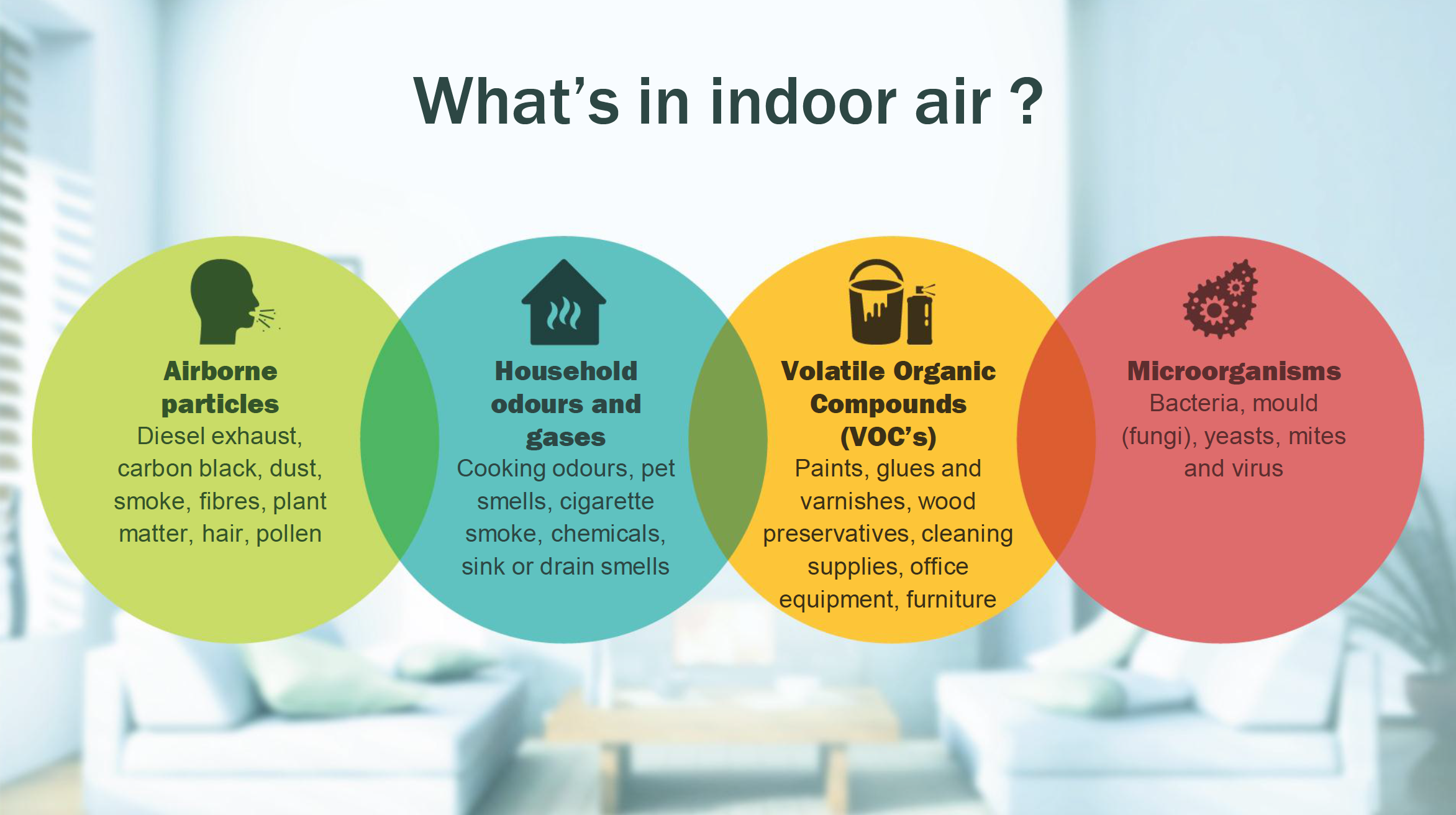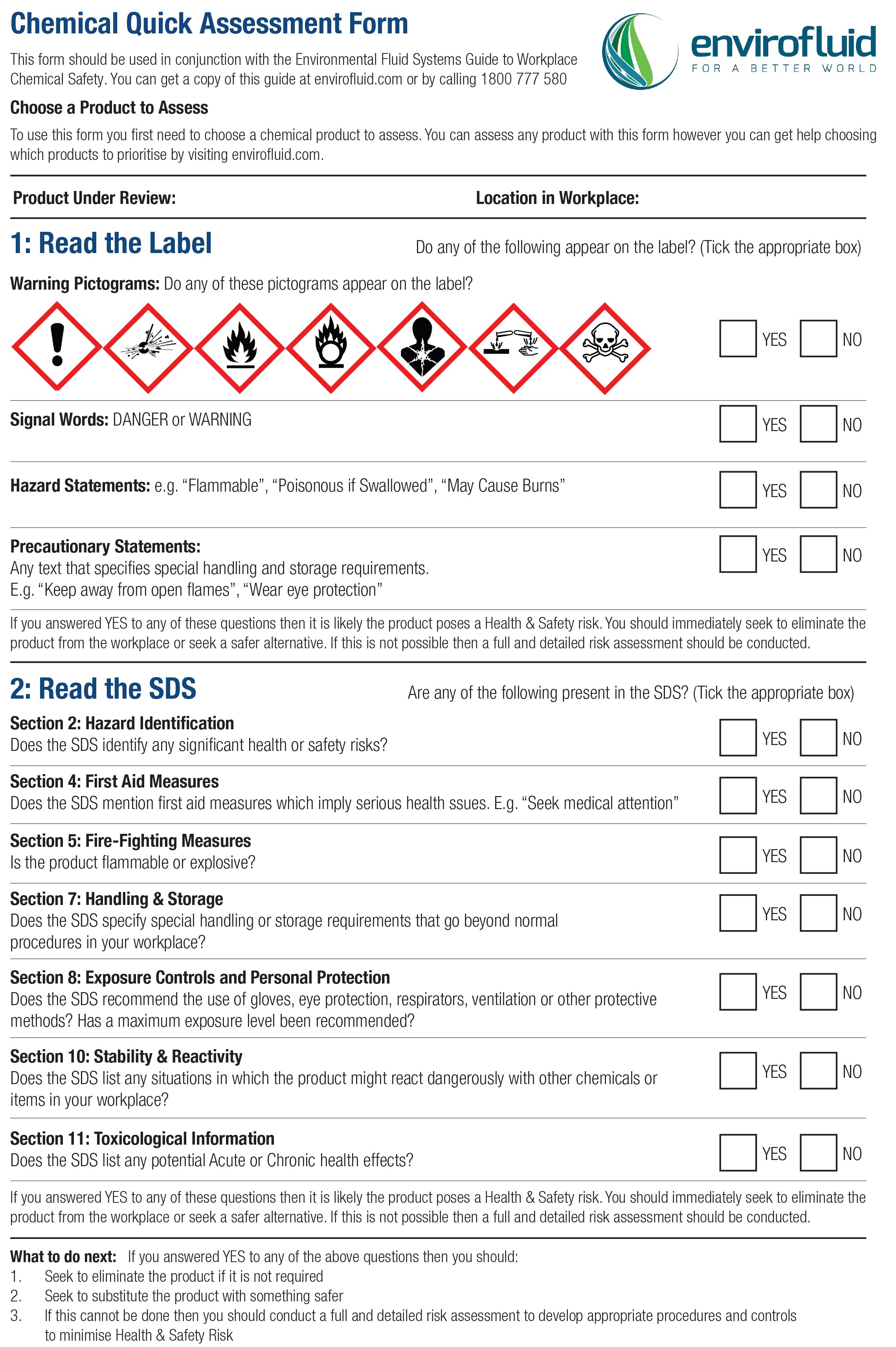Indoor air quality is a crucial yet often overlooked aspect of our daily environments that directly impacts our health and well-being. Poor indoor air quality can lead to a range of health effects, from respiratory issues to impaired cognitive function, making it essential to address indoor air pollution in our homes and workplaces. Research highlights the significant role that clean air plays in fostering healthy buildings, which can enhance our concentration and overall mental clarity. By taking steps to improve indoor air quality, we can create environments that not only prevent illness but also promote productivity and well-being. Understanding the importance of maintaining a healthy indoor atmosphere is the first step toward a healthier lifestyle.
The state of the air we breathe inside our homes and workplaces greatly influences our physical and mental well-being. Issues like airborne contaminants and insufficient ventilation can lead to detrimental health outcomes, affecting everything from our energy levels to our ability to think clearly. In discussing the significance of healthy indoor environments, we can explore various strategies to enhance air quality — ensuring spaces are not just functional, but also rejuvenating. It’s vital to recognize how factors like indoor air toxins and ventilation practices can make a substantial difference in our health. By prioritizing the quality of the air within our surroundings, we set the stage for healthier living and working conditions.
Understanding Indoor Air Quality
Indoor air quality (IAQ) plays a crucial role in the overall health of individuals, especially considering that people spend about 90% of their time indoors. Poor indoor air quality can lead to various health issues, from allergies and asthma to diminished cognitive function and increased fatigue. It is essential to recognize that indoor air can often be more polluted than outdoor air due to a combination of sources including chemical off-gassing from furniture, inadequate ventilation, and the accumulation of dust and allergens. By prioritizing indoor air quality, we can significantly improve our health outcomes.
Moreover, the relationship between indoor air pollution and health effects is profound. Numerous studies have shown that enhanced ventilation and the use of high-quality air filtration systems can mitigate the adverse effects of air contaminants. Implementing measures to improve indoor air quality not only leads to healthier environments but also supports cognitive function, enabling better focus, concentration, and productivity, especially in work settings and educational institutions.
Health Effects of Indoor Air Pollution
Indoor air pollution poses significant health risks, encompassing a range of effects from minor irritations to severe respiratory problems. Common pollutants such as volatile organic compounds (VOCs), mold, and particulate matter can aggravate existing health conditions and contribute to new ones. For instance, individuals with asthma or allergies may find their symptoms exacerbated due to increased exposure to indoor air contaminants. Understanding the health effects of indoor air can drive action towards creating healthier living and working spaces.
Taking proactive steps to reduce exposure to indoor pollutants can have tangible health benefits. Simple actions like improving ventilation, using air purifiers with HEPA filters, and maintaining humidity levels can lead to noticeable improvements in well-being. Additionally, these strategies are crucial in fostering healthy buildings — spaces designed to enhance the health and productivity of their occupants through better indoor air quality.
The Impact of Air Quality on Cognitive Function
The link between air quality and cognitive function is increasingly gaining attention in both scientific research and public health discussions. A recent Harvard study highlighted how improving indoor air quality could lead to enhanced cognitive capabilities among workers. Specifically, buildings with optimal ventilation and air filtration systems have shown significant improvements in decision-making and problem-solving performances among employees. This underscores the importance of investing in infrastructure that prioritizes effective air quality management.
Furthermore, cognitive function is not just about how we can perform tasks; it’s about how our environment influences our mental clarity and focus. In workplaces that emphasize healthy air and nature-inspired designs, there’s a notable decrease in instances of stress and distraction. By recognizing the direct correlation between air quality and mental acuity, organizations can foster empowered and engaged workforces, ultimately benefiting productivity and job satisfaction.
Creating Healthy Buildings for Better Living
Creating healthy buildings requires an integrated approach to design and maintenance that prioritizes indoor air quality, comfort, and overall well-being. Architects and builders are increasingly adopting sustainable practices that not only comply with regulations but also promote healthier indoor environments. Elements such as natural light, ventilation systems, and the use of non-toxic building materials play a vital role in enhancing indoor air quality and promoting holistic health.
Additionally, occupants play a significant role in maintaining healthy indoor spaces. Simple practices like regular cleaning to reduce dust accumulation, using low-VOC products, and increasing natural ventilation — where feasible — can all contribute to better indoor air quality. As we become more aware of the health impacts associated with our built environments, the push towards creating healthier buildings is more critical than ever.
Strategies to Improve Indoor Air Quality
There are numerous effective strategies to improve indoor air quality, which can lead to increased health and productivity. One of the most effective methods includes enhancing ventilation by opening windows and using exhaust fans, which can help disperse indoor air pollutants. Additionally, using air purifiers equipped with HEPA filters can significantly reduce allergens, dust, and airborne viruses, creating a more breathable environment.
Incorporating plants into indoor spaces is another natural approach that can enhance air quality. Certain indoor plants can absorb toxins and increase humidity, contributing to a more pleasant living environment. Ultimately, a multi-faceted approach — including ventilation, air purification, and biophilic design — can effectively combat indoor air pollution and create healthier living climates.
Identifying Indoor Air Pollutants
Awareness of indoor air pollutants is the first step towards improving air quality in our homes and workplaces. Common pollutants, such as carbon monoxide, formaldehyde, and particulate matter, can originate from everyday activities and materials. Sources range from household cleaners and personal care products to building materials and furnishings, making it essential for occupants to be informed about what they bring into their spaces.
Regular monitoring of indoor air quality, through the use of air quality sensors, can help identify problematic pollutants before they become significant health hazards. Staying informed about the sources and effects of indoor pollution empowers individuals to make better choices regarding their living and working environments, ultimately leading to healthier indoor air.
The Role of Air Filtration Systems
Air filtration systems play a pivotal role in maintaining good indoor air quality. By capturing and removing airborne particles, allergens, and pathogens, advanced filtration systems can significantly reduce the risks associated with indoor air pollution. Many modern HVAC systems now include high-efficiency particulate air (HEPA) filters designed to trap at least 99.97% of particles, ensuring cleaner air circulates throughout the building.
Moreover, maintaining these systems is crucial for ensuring their effectiveness. Regular filter replacements and system check-ups can prevent clogs that diminish airflow and negate the benefits of air filtration. Investing in a robust air filtration system is a key component in the quest for healthier environments, supporting better health outcomes across many demographics.
Addressing Mold and Allergens Indoors
Mold and allergens are significant contributors to indoor air pollution that can negatively impact health. Mold thrives in damp environments and can lead to respiratory problems and other health issues. Regular inspections and immediate remediation of any water leaks can help prevent mold growth and protect indoor air quality. Additionally, controlling humidity levels to keep them below 60% can help deter mold development.
Allergens, such as dust mites and pet dander, are also prevalent indoors, particularly in homes with carpets, drapes, and upholstered furniture. Implementing regular cleaning routines and using allergen-proof covers on mattresses and pillows can significantly reduce the presence of these triggers. By addressing mold and allergens, we can create an indoor environment that is not only healthier but also more comfortable for everyone.
The Future of Indoor Air Quality Management
As awareness of indoor air quality continues to grow, the future of air quality management looks more promising than ever. Technology is advancing rapidly, with smarter ventilation systems that can adapt to real-time air quality readings, ensuring optimal conditions are maintained. Innovative building materials that actively purify the air are also emerging, promising a new era of healthy buildings designed with occupant health at the forefront.
Furthermore, educational initiatives aimed at informing occupants about the importance of indoor air quality are becoming more prevalent. As more people understand the impact of their environment on their health, we are likely to see a collective shift towards greater demand for healthier indoor spaces. The pursuit of clean air in our homes and workplaces is not just a trend but a critical aspect of public health and wellness.
Frequently Asked Questions
What are the health effects of indoor air pollution?
Indoor air pollution can lead to a variety of health effects, including respiratory issues, allergies, headaches, fatigue, and decreased cognitive function. Poor indoor air quality may exacerbate existing health conditions such as asthma and can contribute to long-term illnesses.
How can I improve indoor air quality in my home?
Improving indoor air quality can be achieved by increasing ventilation, using air purification systems with HEPA filters, reducing the use of VOCs (volatile organic compounds), keeping humidity levels in check, and regularly cleaning and dusting your living spaces.
How does indoor air quality affect cognitive function?
Research shows that poor indoor air quality can negatively impact cognitive function, leading to decreased productivity and difficulties in concentration. Enhancing ventilation and reducing indoor pollutants can help improve focus and mental clarity.
What are healthy buildings and how do they relate to indoor air quality?
Healthy buildings prioritize the well-being of occupants by optimizing indoor air quality, promoting natural lighting, and effectively managing temperature and humidity. These design principles contribute to better overall health, increased productivity, and improved mental well-being.
What steps can workplaces take to ensure better indoor air quality?
Workplaces can enhance indoor air quality by increasing air ventilation rates, implementing effective air filtration systems, allowing for more natural light, and creating environments that encourage movement and fresh air circulation. These measures can help boost employee health and productivity.
| Key Point | Details |
|---|---|
| Indoor Air Quality Affects Health | Indoor air quality is crucial for overall well-being and can affect cognitive function, focus, and health. |
| Time Spent Indoors | Americans spend approximately 90% of their lives indoors, highlighting the significant impact of indoor environments. |
| Cognitive Function | Improvements in building ventilation have been shown to enhance cognitive function, as noted in a Harvard study. |
| Impact of Outdoor Air Pollution | Pollution from outdoor sources can infiltrate indoor spaces, causing health risks. |
| Contaminants from Neighbors | Apt living can lead to 30% of indoor air coming from neighboring units. |
| Disease Prevention Actions | Bringing in outdoor air, increasing filtration, and using HEPA filters can mitigate indoor disease spread. |
| Chemicals and Safety | Only 200 of over 80,000 chemicals have been banned by the EPA since 1976, raising concerns about indoor exposure. |
Summary
Indoor air quality plays a critical role in our health and well-being. As we spend the majority of our lives indoors, the quality of the air we breathe directly influences our cognitive function and overall physical health. Improving indoor air quality through effective ventilation and filtration systems can significantly reduce health risks associated with poor indoor environments. Understanding and addressing these factors can lead to healthier living and working spaces.




